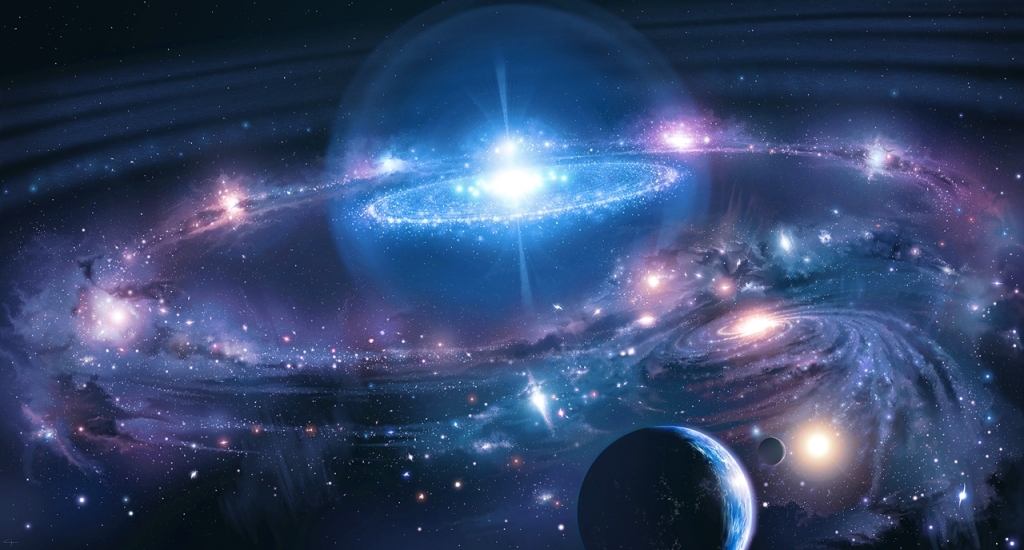photons
-

The Big Bang in a Nutshell
Okay, okay, I know…with that featured image, I just broke my own cardinal rule of not depicting the Big Bang as an explosion. I did pick that image for a reason, though. We first covered the Big Bang waaaay back…
-

How Were Atoms Discovered?
Welcome to my fourth “Science Answers” post! If you have a question, you can ask it in the comments here, or ask it in an email. Or find me on Facebook! Q: (1) How did scientists find elements in the first place?…
-

Energy Flow from the Sun’s Core
Ask any climate scientist how we should power our world without fossil fuels, and they’re bound to tell you about wind and solar power. You might be surprised to know that both of these come from the sun. Solar panels…
-

Atoms and Radiation
Everything we know about space comes from radiation. Now wait just a moment here. That statement explains how astronomy is such a successful field of science — it’s based entirely on the information we can glean from radiation, after all.…
-

The Spectrum of Light
Does this look familiar? People think of rainbows as a symbol of happiness and fortune. There are even myths that leprechauns hide gold at the end of a rainbow. That’s more of a tease than good fortune, if you ask…


